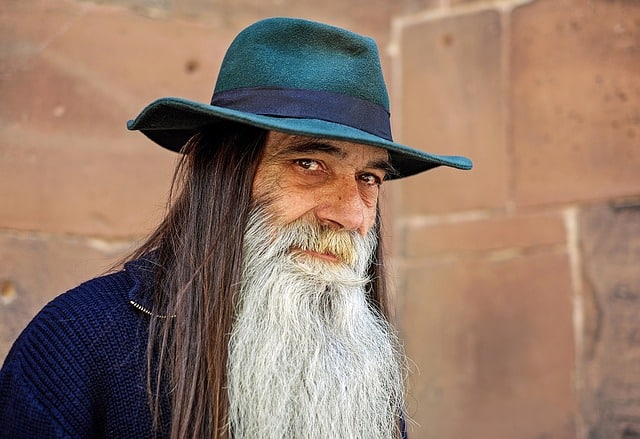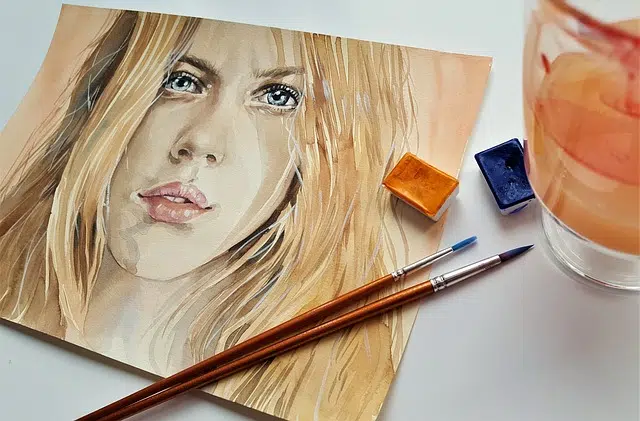
An image that represents a person is called a portrait.
Portrait , from the Latin retractus , is the painting, image or representation of a person. The most common portrait has a plastic expression (a painting, a photograph or a sculpture) that imitates the real person. The intention is to reproduce as accurately as possible the physical appearance and personality of the subject portrayed.
Before the emergence of photographic techniques, the only way to capture the image of a person to immortalize it was through an artistic creation. The first individuals to be portrayed were those who enjoyed the most power, including kings and priests. With the appearance of photography , portraiture became popular and mechanized, reaching all social classes.
The cult of personality
Many rulers abused portraits to develop a cult of their personality . By placing portraits of a leader in public buildings and on the streets, the population ends up assimilating the leader's image and his message is perpetuated.
An example of this use of portraiture occurs in China with the image of Mao Tse Tung .

Before the appearance of photography, portraits were made by hand with brushes, pencils and other similar instruments, a resource that is maintained today as an artistic expression.
Robot portrait
The reconstruction of the physical appearance of an individual of whom there are no clear photographs or images is called a robotic portrait . For its creation it is necessary that a person who has seen it describe it in as much detail as possible.
Generally, this practice is used by police forces when they do not know the appearance of a criminal or a missing person; In this context, it is a resource that was born in the 1950s, by expert draftsmen, and was originally known as spoken portrait .
The concept in colloquial language
In everyday language, the notion of portrait is also used to name someone or something that resembles a person or thing , generally in a figurative sense.
The term allows us to compare a person with an attitude, but also to point out the similarity of two individuals with a considerable age difference : “Yesterday I met Manuel: he is the living portrait of his father,” “I get excited when they say that I am the portrait.” from my grandmother.”
The portrait in literature
The portrait can also be a physical and psychological description of a person. In the world of literature , it takes place when authors capture on paper the main qualities of a character.
Ethopoeia
Etopoeia is the name given to a literary figure used to describe traits of the morality and psychology of an individual, such as their virtues, personality and customs. Unlike prosopography, this type of description varies according to the point of view and intention of the person making it. For example, the same person can be described by emphasizing their strengths, to paint them as a role model, or by accentuating their defects and weaknesses, trying to tarnish their public image.
Through etopeia it is possible to show a particular vision of a given event, given that it is a description colored by feelings and preconceptions, unique to each person and changing over time. Used in a narrative it allows readers to immerse themselves in a subjective scenario, where each element mentioned has a character, a reason for being.
Prosopography
The resource used to describe a character is known as prosopography, with differences in its meaning if it is used in a literary or historical context. In the first case, it refers to the count of the physical characteristics of a single person: their height, their build, their features, etc.
History, on the other hand, uses prosopography to carry out the biographical study of a person from a social point of view, taking them as a member of a group, and allows us to notice characteristics belonging to a particular group or rank, generally of elitist character and related to the world of politics.
